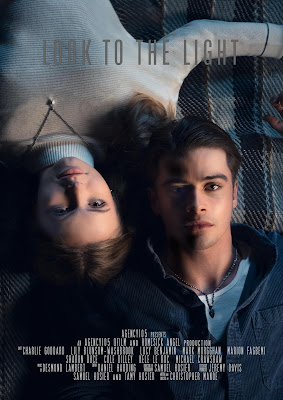"The Art of Cinematography: A Study of Iconic Movie Scenes and Their Influence on Visual Storytelling"
Cinematography is the art of capturing the essence of a story through the lens of a camera. It's a crucial aspect of filmmaking, as it sets the tone, mood, and atmosphere of a movie. In this blog post, we'll explore some iconic movie scenes and analyze the cinematography techniques used to create them. We'll also examine how these scenes have influenced visual storytelling in film.
Iconic Movie Scenes:
1. The Shower Scene from Psycho (1960) - Directed by Alfred Hitchcock and shot by John L. Russell
This scene is a masterclass in suspense and tension, achieved through the use of quick cuts, close-ups, and a stark black-and-white color palette.
1. The Opening Scene from 2001: A Space Odyssey (1968) - Directed by Stanley Kubrick and shot by Geoffrey Unsworth
This scene is a stunning example of long takes, slow motion, and practical effects, creating a sense of realism and immersion.
1. The Battle of Helm's Deep from The Lord of the Rings: The Two Towers (2002) - Directed by Peter Jackson and shot by Andrew Lesnie
This scene showcases the use of sweeping landscapes, rapid cuts, and a muted color palette to create a sense of chaos and urgency.
1. The Final Scene from The Godfather (1972) - Directed by Francis Ford Coppola and shot by Gordon Willis
This scene is a prime example of the use of shadows, lighting, and composition to create a sense of drama and tension.
Influence on Visual Storytelling:
These iconic scenes have influenced visual storytelling in film in several ways:
1. Suspense and Tension: The shower scene from Psycho has inspired countless thrillers and horror movies, showing how quick cuts and close-ups can create suspense.
2. Immersive Storytelling: The opening scene from 2001: A Space Odyssey has influenced sci-fi films, demonstrating how long takes and practical effects can create a sense of realism.
3. Epic Battles: The Battle of Helm's Deep has inspired action movies, showcasing how sweeping landscapes and rapid cuts can create a sense of chaos.
4. Dramatic Storytelling: The final scene from The Godfather has influenced dramas, demonstrating how shadows, lighting, and composition can create a sense of drama.
Conclusion:
Cinematography is an art form that has evolved over the years, influencing visual storytelling in film. By analyzing iconic movie scenes, we can appreciate the techniques used to create them and understand how they have shaped the film industry. As filmmakers continue to push boundaries, it will be exciting to see how cinematography evolves and influences future movies.
















0 Comments